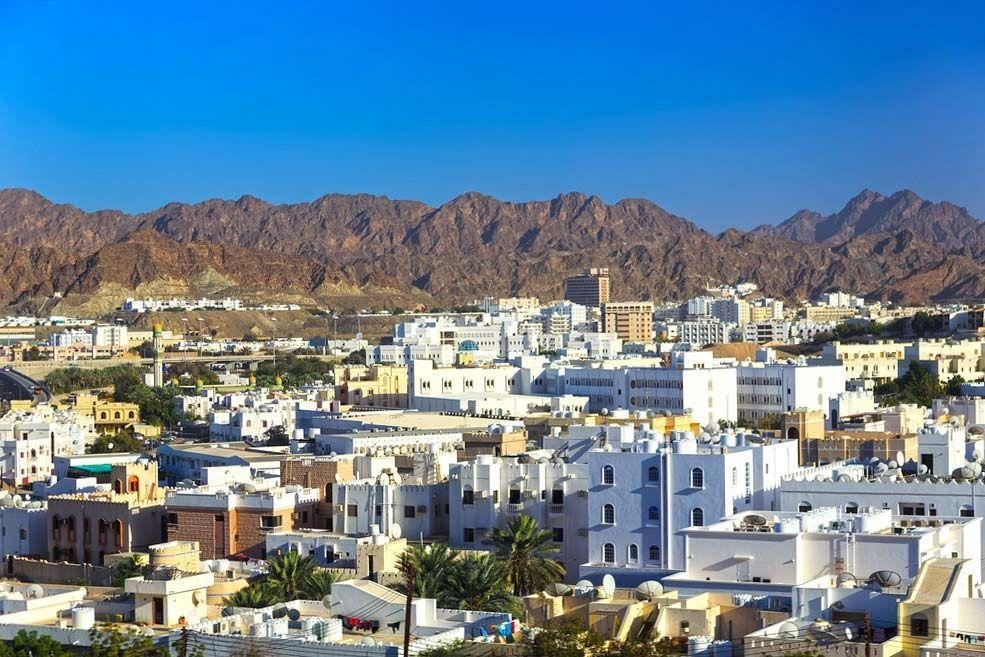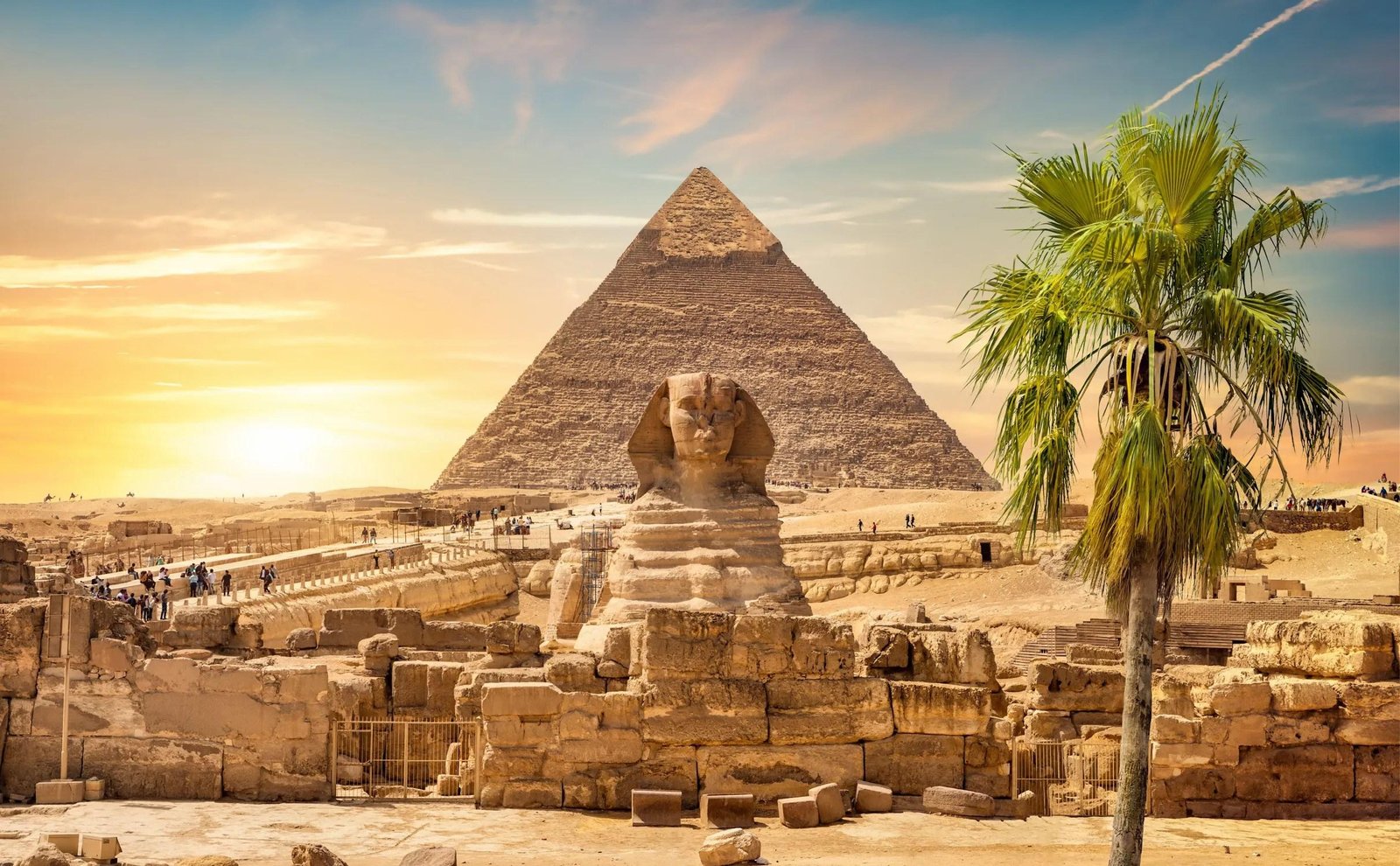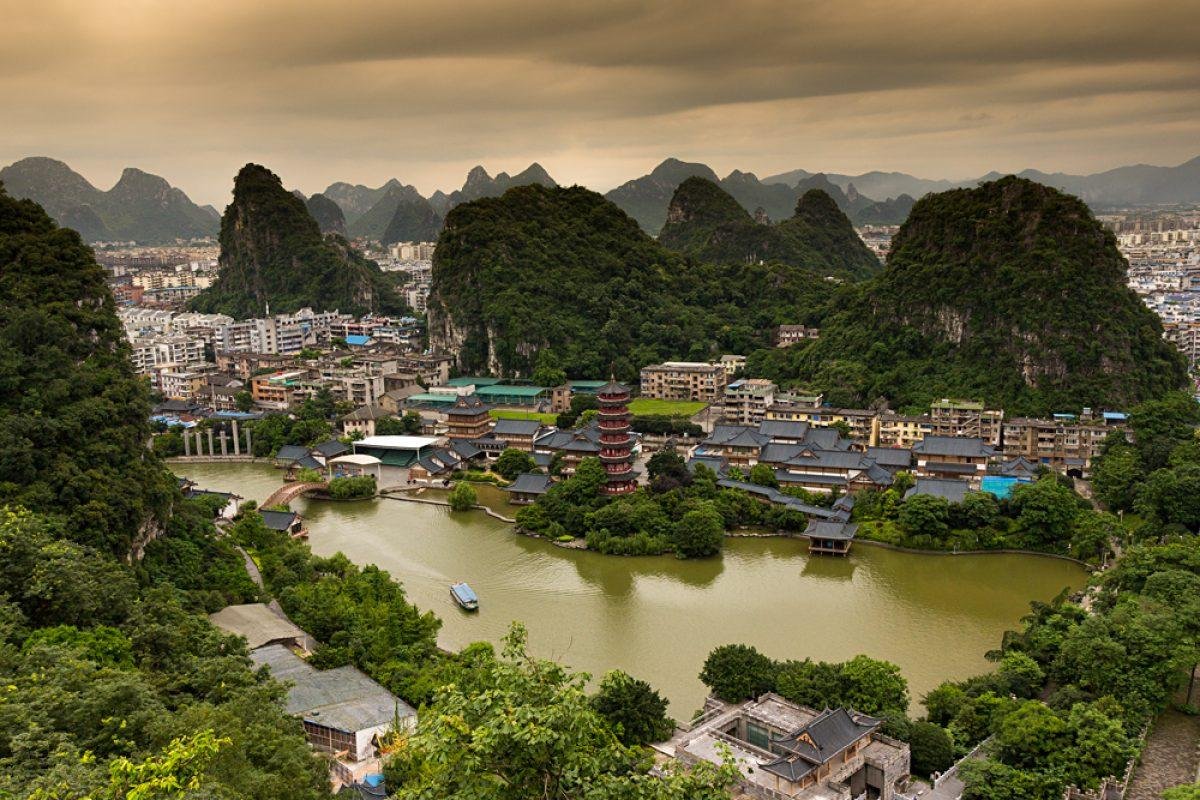Muscat, the capital city of Oman, is a captivating blend of traditional Arabian architecture and modern design, reflecti...
The Architectural Essence of Cancún, Mexico
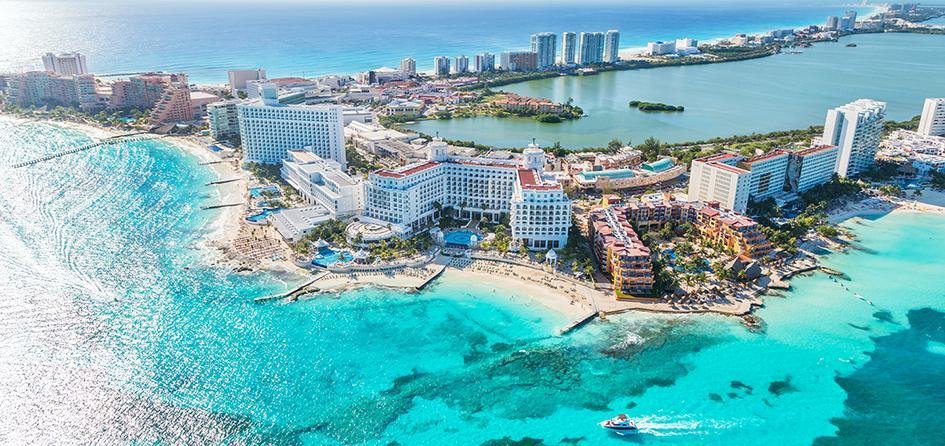
Cancún, a world-renowned tourist destination located on the eastern coast of Mexico’s Yucatán Peninsula, is celebrated not only for its stunning beaches and vibrant nightlife but also for its diverse architectural landscape. The architecture of Cancún reflects a unique blend of modern designs, traditional Mayan elements, and influences from various cultures, creating a captivating urban environment.
The city was developed in the 1970s as a planned tourist destination, and its architecture is characterized by modernist and contemporary styles. The Hotel Zone (Zona Hotelera), a long strip of beachfront resorts, features impressive high-rise hotels and luxury resorts that embody sleek lines, expansive glass facades, and ocean views. These structures, often designed with sustainability in mind, integrate seamlessly into the natural landscape, offering travelers a taste of contemporary luxury while emphasizing the beauty of their surroundings.
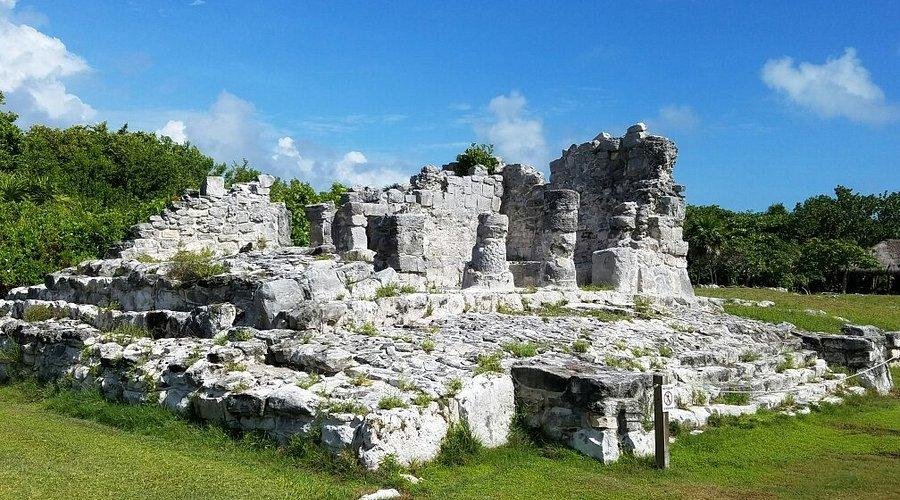
One of the most iconic architectural landmarks in Cancún is the El Rey Ruins, remnants of a pre-Columbian Mayan city. These ancient structures provide a glimpse into the region's rich history and cultural heritage. Visitors can explore various temples, plazas, and residential buildings, showcasing the ingenuity of Mayan architecture. The site features several small pyramids, with intricate stone carvings and platforms that highlight the advanced construction techniques used by the Mayans. The ruins serve as a reminder of the area’s historical significance, allowing visitors to connect with the ancient civilization that once thrived here.
In contrast to the ancient ruins, the modern architecture of Cancún is exemplified by the luxurious resorts and hotels that line the coastline. The Ritz-Carlton Cancún, for instance, showcases a blend of contemporary design and traditional Mexican influences. The hotel features spacious suites with ocean views, elegant dining options, and lush gardens that create a serene atmosphere. The architecture emphasizes open spaces, natural light, and a connection to the surrounding environment, providing guests with a sense of tranquility.
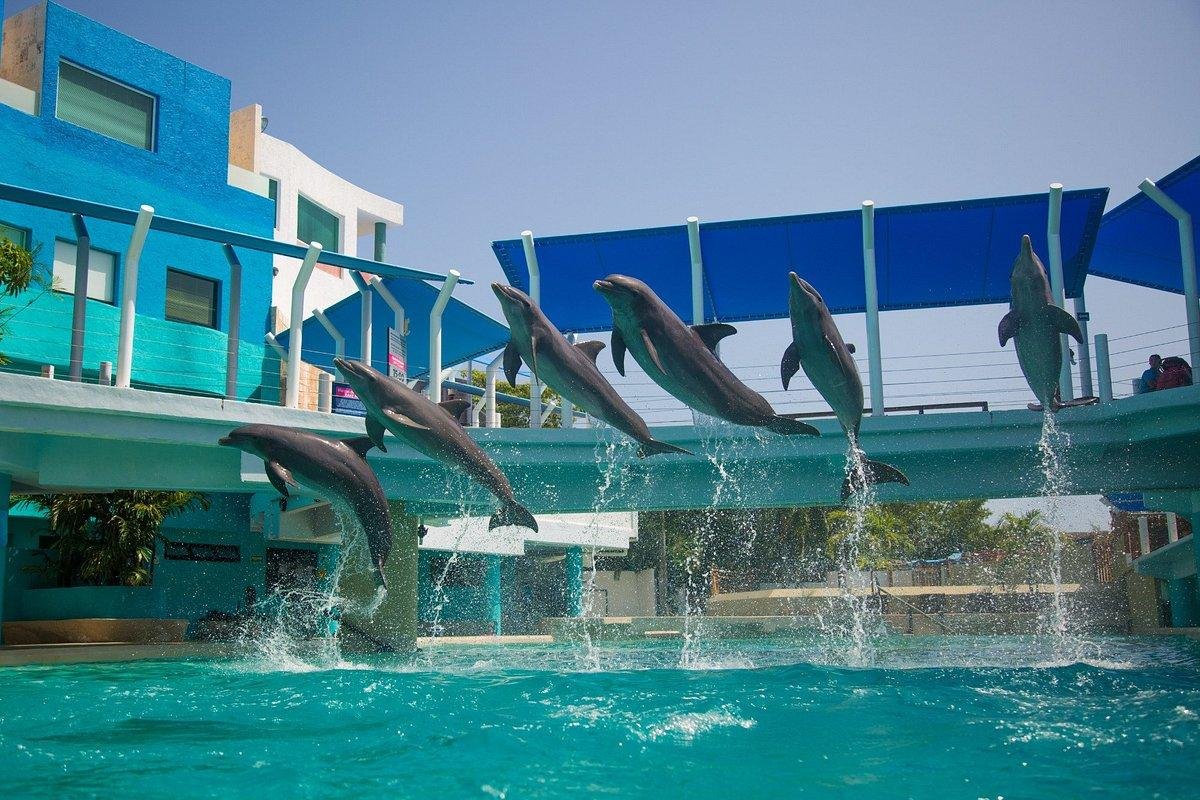
The architectural design of the Interactive Aquarium Cancún is another example of modern innovation. This facility combines education and entertainment, offering visitors an immersive experience with marine life. The building’s sleek design includes large glass panels that allow natural light to flood the interior, creating a vibrant atmosphere. The aquarium’s architecture reflects a commitment to sustainability, incorporating eco-friendly features that minimize its environmental impact.
Art and culture play a significant role in Cancún’s architectural identity. The Museo Maya de Cancún, which showcases the history and culture of the ancient Maya civilization, features a contemporary design that complements its educational mission. The museum’s sleek lines, open spaces, and use of natural materials create a harmonious environment for learning. Inside, visitors can explore various exhibits, including artifacts, sculptures, and interactive displays, all housed within a thoughtfully designed architectural space.

The city’s vibrant nightlife is also reflected in its architectural landscape. The Coco Bongo nightclub, known for its extravagant shows and lively atmosphere, features a striking facade and dynamic interior design. The club’s architecture sets the stage for unforgettable entertainment experiences, with colorful lighting, impressive decor, and a lively ambiance that attracts visitors from around the world.
Cancún’s commitment to sustainability is evident in various architectural initiatives throughout the city. Many resorts and buildings incorporate eco-friendly practices, such as energy-efficient systems, water conservation measures, and the use of sustainable materials. The Grand Fiesta Americana Coral Beach Cancún, for example, emphasizes environmental responsibility while providing luxurious accommodations. The architecture of the resort blends seamlessly with its natural surroundings, featuring open-air spaces, lush landscaping, and oceanfront views that enhance the guest experience.

The city’s public spaces also reflect a thoughtful approach to architecture and urban planning. The Parque de las Palapas, a central park in downtown Cancún, serves as a gathering place for locals and visitors alike. The park features open-air structures, colorful murals, and shaded areas for relaxation. The architecture of the park encourages community interaction, providing a vibrant space for cultural events, markets, and social gatherings.
In addition to these modern developments, Cancún also celebrates its cultural heritage through architecture. Traditional Mexican design elements can be seen in various buildings, including the vibrant colors, decorative tiles, and intricate wrought ironwork. The Casa de la Cultura, located in downtown Cancún, is a cultural center that hosts art exhibitions, performances, and workshops. The building’s architecture incorporates traditional Mexican design, creating a space that fosters creativity and artistic expression within the community.
The surrounding natural beauty of Cancún also influences its architectural identity. The city is situated near the stunning Caribbean Sea, and many resorts and hotels are designed to maximize ocean views. The architecture often features large terraces, infinity pools, and outdoor spaces that encourage guests to connect with the breathtaking landscape. The emphasis on integrating nature into architectural design is a hallmark of Cancún’s approach to tourism and hospitality.
As Cancún continues to grow as a global tourist destination, its architectural landscape evolves to meet the needs of visitors while preserving its cultural and historical roots. The city’s commitment to sustainable development and responsible tourism is reflected in new projects that prioritize eco-friendly practices and community engagement. This focus on sustainability ensures that Cancún remains a vibrant and livable city for both residents and tourists.
Architectural innovation in Cancún is further demonstrated through various residential developments. The city has seen an increase in modern condominiums and luxury residences that offer a blend of comfort and style. These developments often incorporate contemporary design features, such as open floor plans, large windows, and outdoor living spaces. The architecture of these residences reflects the lifestyle of residents who seek both luxury and a connection to the natural environment.
Cancún’s architectural journey is also marked by the growing influence of international design trends. As the city attracts architects and designers from around the world, new projects incorporate diverse styles and ideas. This eclectic approach to architecture enriches the city’s visual landscape and fosters a sense of global community among residents and visitors.
In conclusion, Cancún is a city where architecture serves as a reflection of its rich history, cultural diversity, and aspirations for the future. The harmonious blend of ancient ruins, modern resorts, and vibrant public spaces creates a captivating urban environment that enchants all who visit. Whether exploring the historical significance of the El Rey Ruins, admiring the contemporary design of the Museo Maya, or experiencing the lively atmosphere of the Parque de las Palapas, visitors to Cancún are sure to be inspired by the city’s architectural charm and cultural depth.
Cancún’s architectural journey is a testament to its resilience and ability to embrace change while honoring its cultural roots. From its luxurious resorts to its commitment to sustainability, Cancún stands as a vibrant example of how architecture can embody the spirit of a place and its people. The city’s dedication to preserving its architectural legacy while embracing innovation ensures that Cancún will continue to thrive as a cultural and architectural destination for generations to come.
With every street and landmark revealing layers of history and artistry, Cancún invites all to explore its captivating urban landscape and experience the rich stories that each building has to tell. The city’s architecture not only reflects its glorious past but also shapes its vibrant present and promising future, making it a true jewel of the Caribbean.
Share:

